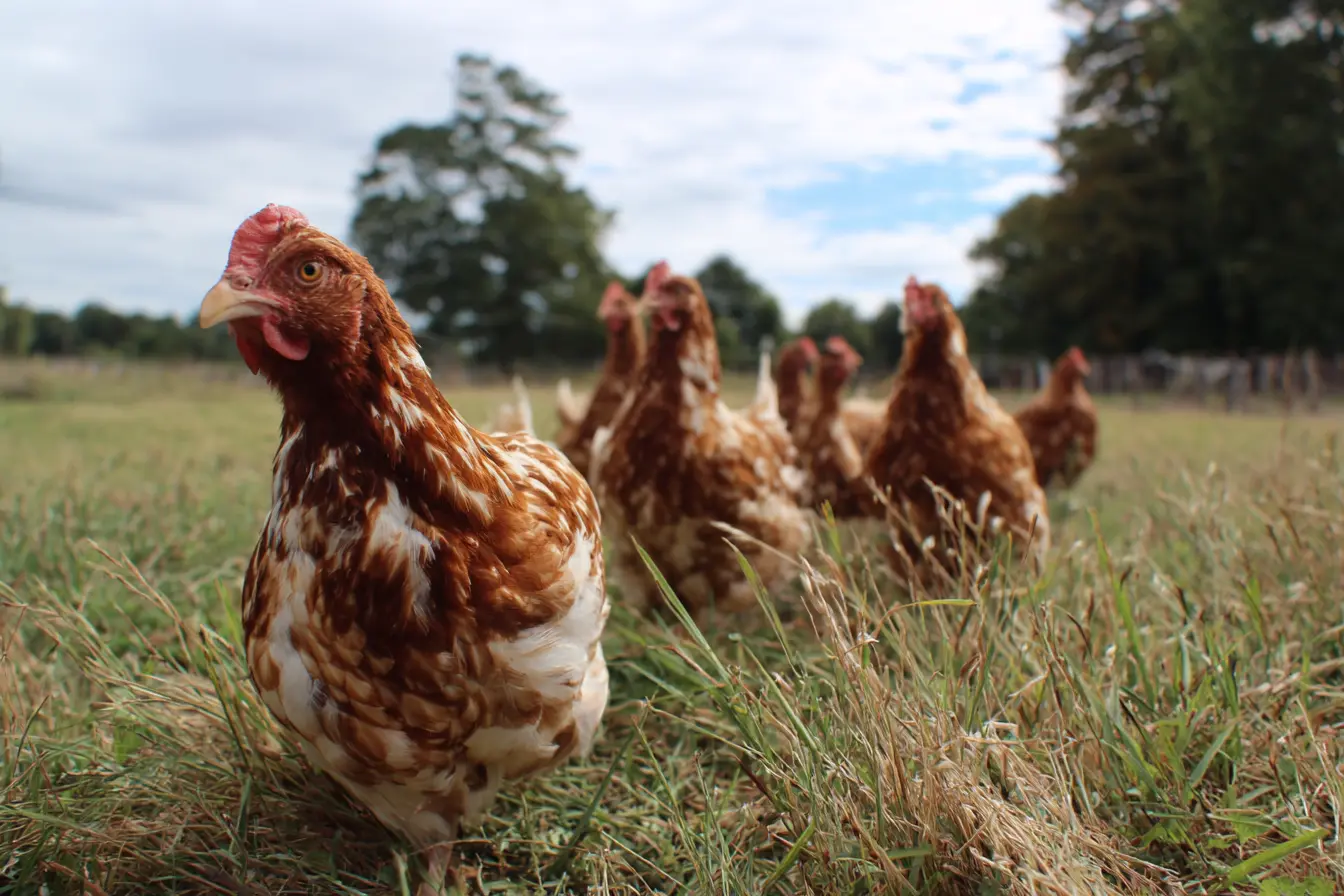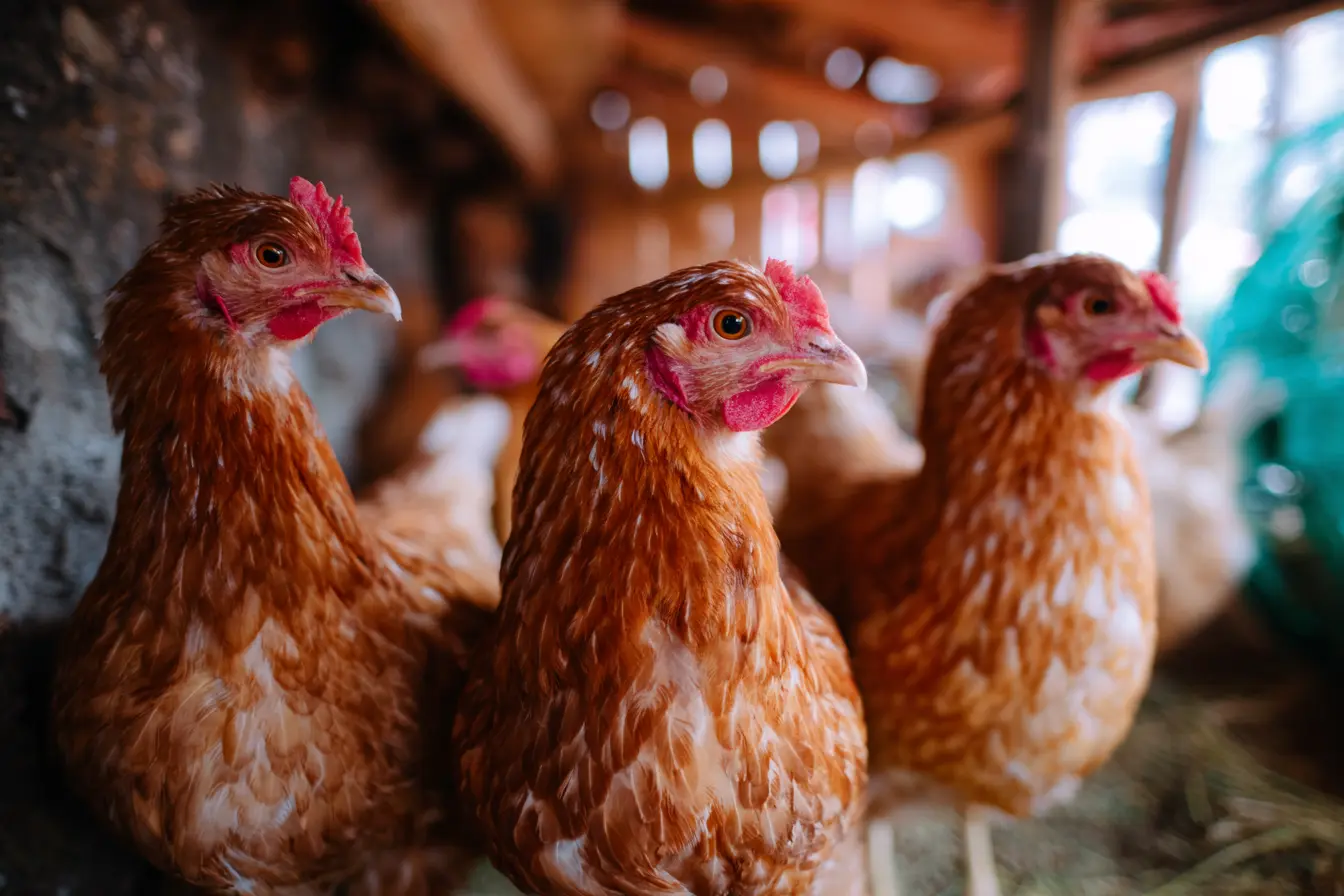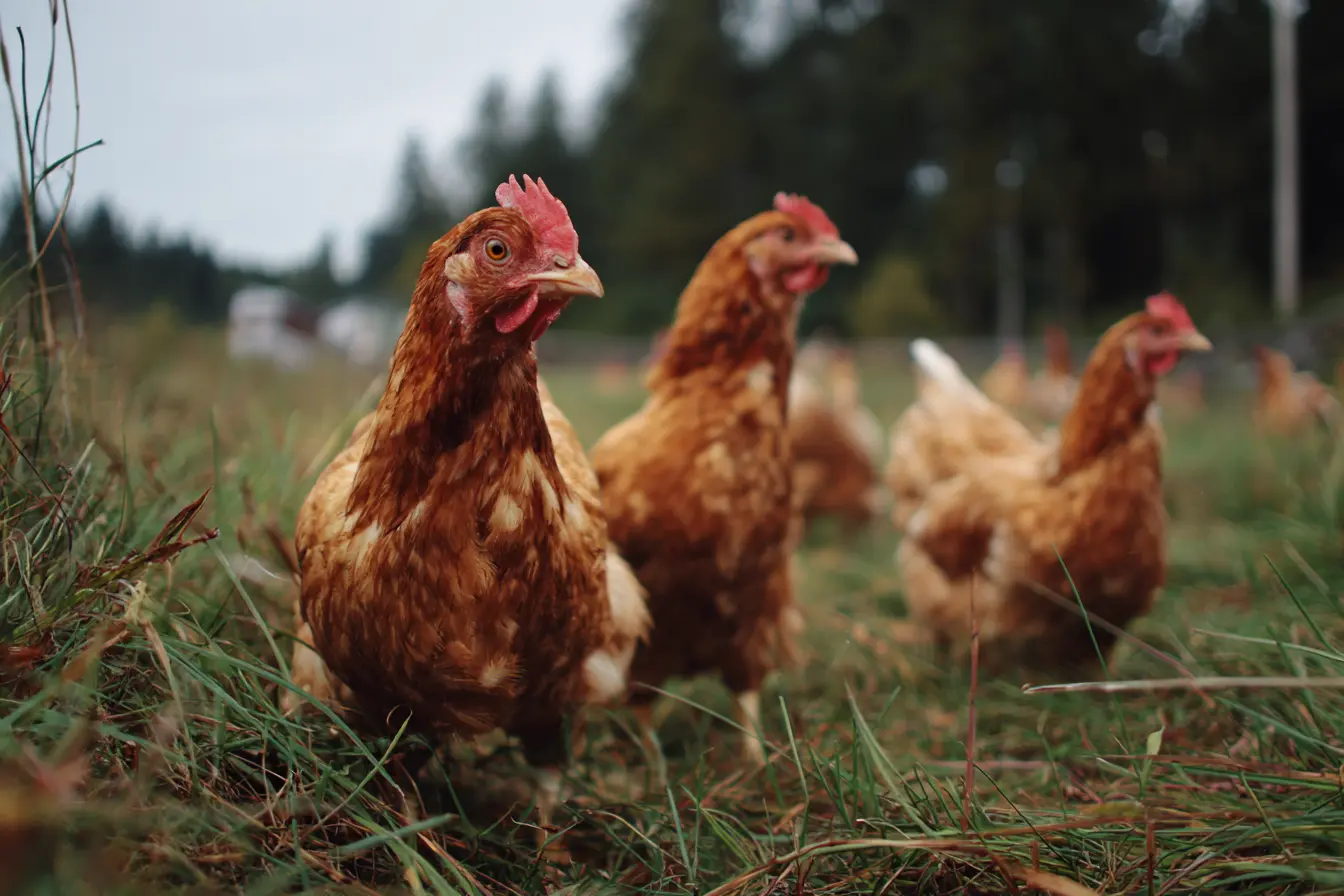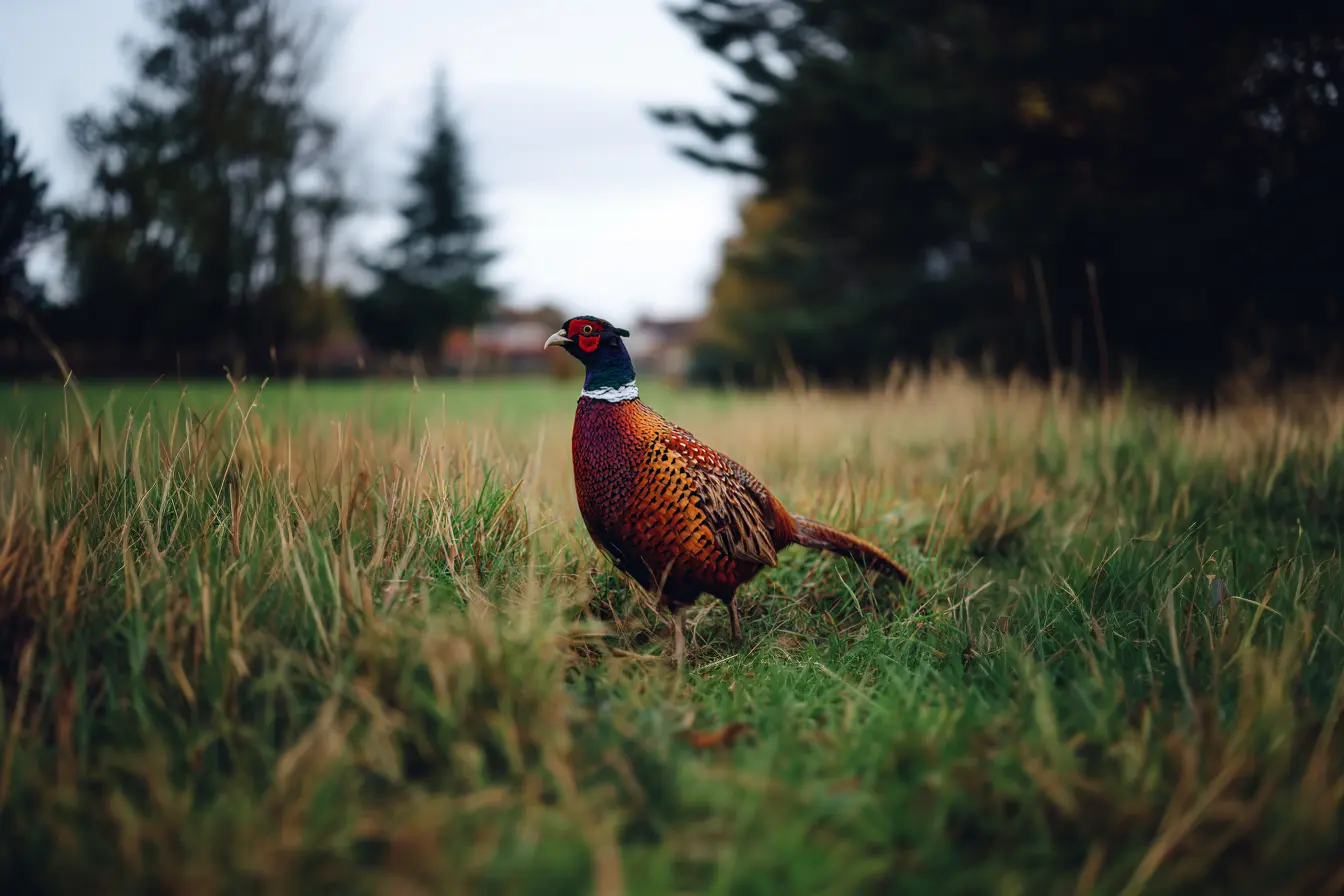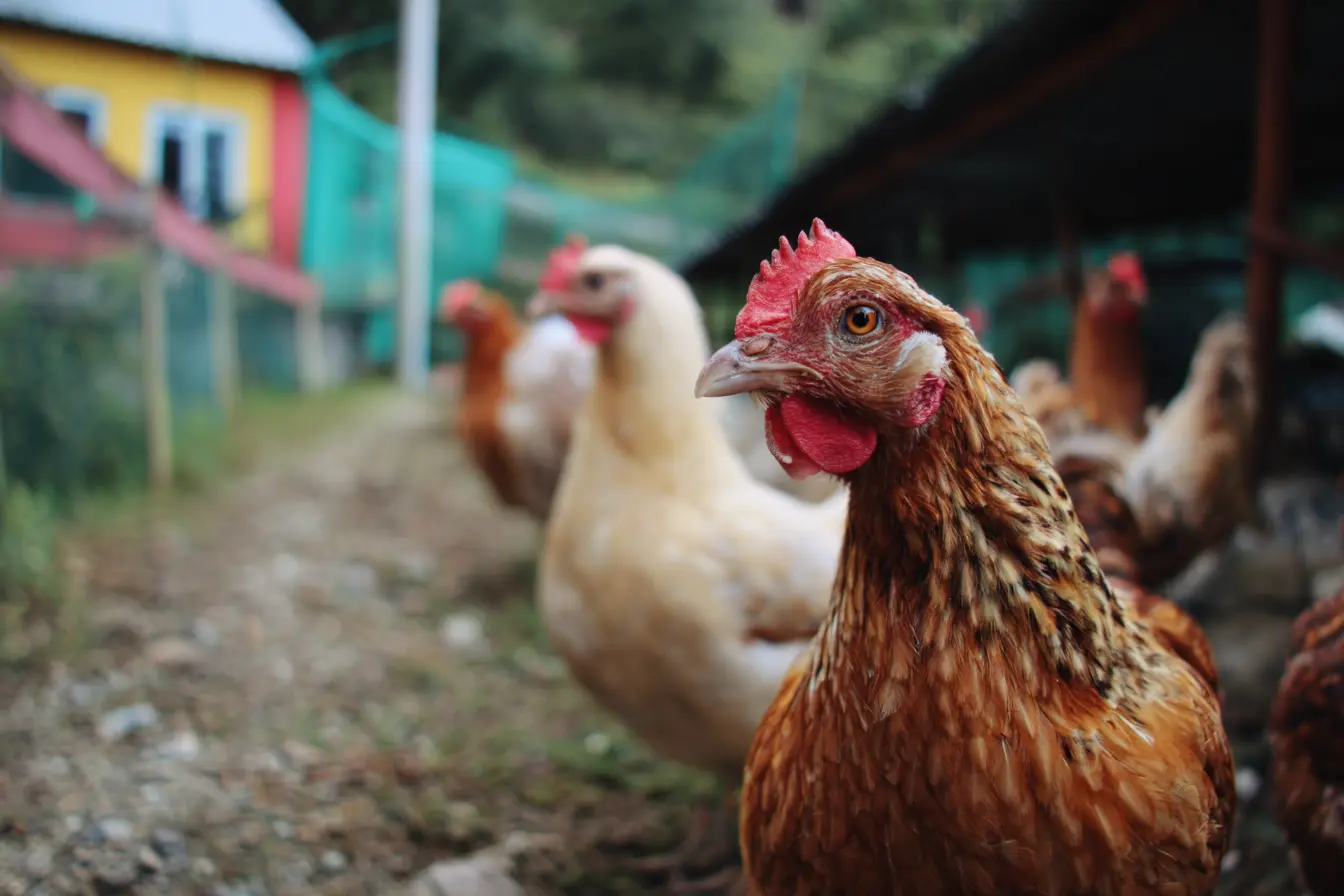
Infectious Laryngotracheitis in Chickens
Infectious Laryngotracheitis (ILT) is a serious and highly contagious respiratory disease that affects chickens and other poultry. Caused by a herpesvirus, ILT can lead to severe breathing difficulties, reduced productivity, and even death. This guide provides an in-depth look at ILT, covering causes, symptoms, transmission, diagnosis, prevention, and treatment.
What is Infectious Laryngotracheitis?
Infectious Laryngotracheitis is a viral disease caused by Gallid alphaherpesvirus 1. It primarily affects the upper respiratory tract, especially the larynx and trachea (voice box and windpipe). ILT is characterised by respiratory distress, coughing, and in severe cases, bloody mucus and suffocation.
Chickens of all ages can be affected, though older birds are more susceptible. Outbreaks are particularly devastating in densely populated flocks and can spread quickly if not controlled.
Transmission and Spread
ILT spreads through:
- Direct contact with infected birds
- Inhalation of respiratory droplets
- Contaminated equipment, clothing, feed, or water
- Contact with litter or surfaces contaminated with secretions
The virus is shed in the respiratory secretions of infected birds and can survive in the environment for several weeks under the right conditions. Latent infections are common — recovered birds may harbour the virus and reactivate it during stress, becoming carriers.
Symptoms of Infectious Laryngotracheitis
The incubation period for ILT ranges from 6 to 14 days. Symptoms vary depending on the severity and strain but commonly include:
- Gasping and open-mouth breathing
- Coughing and sneezing
- Conjunctivitis (watery or swollen eyes)
- Nasal discharge
- Head shaking or stretching of the neck to clear the airway
- Gurgling or rattling respiratory sounds
- Bloody mucus or blood on beaks, feathers, or litter
- Reduced feed and water intake
- Sharp drop in egg production
- Depression and lethargy
In severe cases, birds may die suddenly due to airway blockage caused by blood or thick exudate in the trachea.
Diagnosis
Diagnosis is typically based on clinical signs, flock history, and post-mortem examination. The following may be used for confirmation:
- Tracheal swabs for PCR testing
- Histopathology (microscopic examination of tissue)
- Virus isolation in specialised labs
Post-mortem examination often reveals:
- Haemorrhagic or caseous (cheese-like) material in the trachea
- Inflammation and thickening of the tracheal lining
- Congestion and blood-tinged mucus
Treatment
There is no specific antiviral treatment for ILT. Management focuses on supportive care and preventing the spread of infection.
Supportive Care
- Provide a warm, stress-free environment
- Offer easily digestible feed and clean water
- Use multivitamin or electrolyte supplements
- Maintain good ventilation to ease breathing
Antibiotics
While antibiotics do not affect the ILT virus itself, they may be prescribed to control or prevent secondary bacterial infections, such as E. coli or Mycoplasma.
Prevention and Control
Preventing ILT is far more effective than attempting to treat it once it appears. Key strategies include:
Vaccination
Vaccination is the most reliable method of ILT prevention. Two types of vaccines are commonly used:
- Live attenuated vaccines: Administered via eye drops or drinking water; can provide quick immunity but may revert to virulence if not handled correctly.
- Recombinant vector vaccines: Safer and less likely to cause post-vaccinal reactions; usually given by injection.
Vaccination is typically recommended for:
- Breeder flocks
- Layers
- Birds in areas with a history of ILT outbreaks
Biosecurity Measures
- Quarantine new birds for at least 3 weeks
- Disinfect housing, equipment, and footwear regularly
- Prevent visitors or vehicles from entering the poultry area
- Control wild birds and rodents
- Avoid sharing equipment or birds between flocks
Stress Reduction
- Avoid overcrowding
- Maintain consistent feeding and lighting routines
- Provide adequate ventilation and dry bedding
Stress can trigger latent ILT infections, so flock management plays a key role in disease prevention.
Latent Infections and Carriers
One of the major challenges with ILT is that recovered birds can remain carriers of the virus for life. During periods of stress, the virus can reactivate and be shed again, even if the bird appears healthy. For this reason, culling may be considered in small backyard flocks to eliminate persistent carriers.
Economic and Welfare Impact
ILT can lead to:
- High mortality in unvaccinated flocks
- Significant drops in egg production
- Increased feed conversion rates
- Veterinary and medication costs
- Long recovery periods
- Permanent damage to the respiratory tract in survivors
In commercial settings, even a small outbreak can lead to severe financial losses.
Differential Diagnosis
Other diseases that present with similar respiratory symptoms include:
- Newcastle Disease
- Infectious Bronchitis
- Avian Influenza
- Mycoplasma gallisepticum infection
- Fowl Pox (wet form)
Accurate diagnosis is essential to implement the correct response and limit further spread.
Key Takeaways
- Infectious Laryngotracheitis is a serious viral respiratory disease in chickens
- Caused by a herpesvirus, it affects the trachea and upper airways
- Symptoms include gasping, coughing, nasal discharge, and bloody mucus
- There is no cure, but supportive care and antibiotics for secondary infections may help
- Prevention through vaccination and strict biosecurity is essential
- Recovered birds can be long-term carriers and pose a risk of future outbreaks
Final Thoughts
Infectious Laryngotracheitis is a preventable but highly disruptive disease that every poultry keeper should be aware of. Whether you're raising a small backyard flock or managing a commercial operation, early recognition, rapid response, and a solid vaccination and biosecurity strategy are vital to protecting your birds and maintaining their health and productivity.
Vets near you
Speciality vets
- Aquatics vet specialists
- Birds vet specialists
- Camelids vet specialists
- Cats vet specialists
- Cattle vet specialists
- Deer vet specialists
- Dogs vet specialists
- Equines vet specialists
- Exotic vet specialists
- Goats vet specialists
- Pigs vet specialists
- Poultry vet specialists
- Sheep vet specialists
- Small Mammals vet specialists
- Wild vet specialists
